5 Baseball Cards that Played Both Sides
A case of keep your friends close and your rivals closer?
Former Reds catcher Alan Knicely turns 69 years old today. For me, he’s one of the faces of a dark time in team history, but also one of the faces of my first couple years of fandom.
There is no baseball or hobby as I know them without Alan Knicely.
But Knicely also played for the Atros, who were second only to the Dodgers among hated teams for Reds fans in the 1980s. Not only that, Knicely played for the rivals in successive seasons, going from Houston in 1982 to Cincinnati in 1983.
So in honor of the man who did his best to imitate Steve Yeager in style if not in catching success, here are five baseball cards of players who played for both sides of big rivalries in the course of two seasons.
1966 Topps Dick Stuart (#480)
Dr. Strangeglove was ahead of the curve on the rival-swapping front. After all, when the Phillies traded Stuart to the Mets in February 1966, New York wasn’t much of a rival for any team.
I mean, sure, the Mets would fail to lose 100 games for the first time in 1966, which allowed them to climb from tenth place to ninth in the National League. So maybe that made them a rival for the last-place Cubs, sort of a low-rent preview of 1969.
Eventually, of course, and definitely today, the Mets and Phillies are also pretty robust rivals most years. Even if one is playing spoiler.
As for Stuart, he was a designated hitter trapped in a fielder’s world. And when he couldn’t keep his batting average about .220 in the early going for the Mets, New York released him.
He got another quick shot with the Dodgers in the second half, then with the Angels in 1969, but he was pretty much toast. The writing is on the wall when the 1966 Mets release you outright.
But, hey, at least Topps was able to muster a real Mets shot of Stuart for this third-series card.
1981 Fleer Mike Tyson (#315)
Once Iron Mike Tyson started dropping dudes like a kid drops hints at Christmas time, the baseball-card Mike Tyson became a pretty easy target for jokes. I’ll mostly avoid those here other than to say that Diamond Mike looks more like a bouncer or brawler on his 1981 Fleer card than his stated position.
Part of that owes to the fact that every player turned into Michael Stivic when he suited up for the early-1980s Cubs.
As for Tyson’s tie to this week’s theme, he spent the first eight years of his big league career with the Cardinals before they traded him to the Cubs in October 1979 for Donnie Moore.
As any midwest boy can tell you, Cubs-Cardinals is big stuff, and it takes a lot of guts to walk both sides of that line. Luckily for Tyson, he walked less than half as often as he struck out during his career, so that was no big concern.
1983 Topps Traded Alan Knicely (#57T)
If you look at the stats, the Reds clearly got the best version of Knicely, who hit .232 with seven home runs and 41 RBI in 117 games for Cincinnati over three seasons. Contrast that with his four-year, 70-game line for the Astros: .197/4/14.
Knicely was also part of the package the Reds sent to the Phillies in August 1985 to acquire All-Star catcher Bo Diaz.
So, yeah, Knicely did all he could to make sure the Reds got over on the rival Astros, and he looked amazing doing it.
In the coolest moment of my life, I couldn’t come within 60 feet, 6 inches of Knicely’s motorcycle cop catcher flyboy suave on his 1983 Topps card.
1986 Topps Traded Don Baylor (#6T)
If you wanted to make the postseason in the 1980s, you could have done a lot worse than to add Don Baylor to your roster.
First, the 1979 American League MVP helped that year’s Angels win their first division title, and then they repeated in 1982. That offseason, Baylor signed with the Yankees and helped them return to contention over the next few years.
But after a 97-win second-place finish in 1985, the Yanks decided to make some moves. One of those was trading Baylor to the bitter-rival Red Sox straight-up in exchange for Mike Easler.
Groove smashed 31 home runs and drove in 94 as the Red Sox’ DH, then hit another homer in the ALCS against his former club (Angels) as Boston embarked on their infamous October run.
That fall, Baylor looked about as menacing on his 1986 Topps Traded card (above) as a player folded into a dugout could look.
Through a series of events that only baseball could have wrought, Baylor ended up in the 1987 World Series with the Twins and the 1988 World Series with the A’s, who had to go through — of course — the Red Sox to get there.
1990 Fleer Update Dave Anderson (#U-59)
The Dodgers selected Dave Anderson in the first round of the 1981 draft (22nd overall), and he was in the majors less than two years later. From 1983 to 1989, he became one of Tommy Lasorda’s favorite infield weapons, first moving Bill Russell out of the shortstop hole, then gathering regular reps at third base.
In a given year, Anderson might start a third to half the Dodgers’ games, mostly on the left-hand side of the infield, with a liberal helping of pinch-hit and pinch-run appearances thrown in.
Over that span, Anderson also hit like a middle infielder: .232, 13 home runs, 116 RBI. He did steal 46 bases and scored 196 runs during those seven summers. He also appeared in five postseason games for L.A., going 0-for-6, but with three walks.
The good times came to an end in November of 1989, though, when Anderson signed as a free agent with the Giants. His late-season baseball cards in 1990 — like the one above — and his base 1991 cards looked super-strange to any 1980s fan or collector.
Two years later, the world tilted back into position when Anderson signed with the Dodgers again for the 1992 season. After one campaign back in Chavez Raven, though, Anderson again signed with the Giants, but he never made it back onto the field — even in the minors — for San Francisco.
—
Alright, now that I’ve primed the pump, who are your favorite — or maybe most despised, depending on your allegiances — rival-jumpers?
I limited our discussion above to guys who crossed the battle line within the course of a single offseason (or less), but feel free to take a more expansive view. Eric Davis, for example, made the Reds-to-Dodgers jump, but he also did Dodgers-to-Giants, albeit with the Tigers, Reds (again), Orioles, and Cardinals in between.
It’s a fun exercise to dig into these rivalries and “shared” players, if you ask me. You know…as long as Joey Votto doesn’t somehow end up with the Dodgers or Cardinals or Brewers.
Thanks for reading.
—Adam




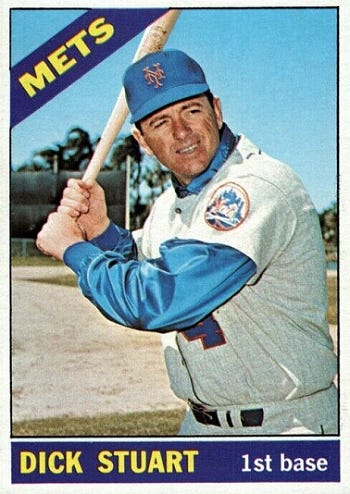
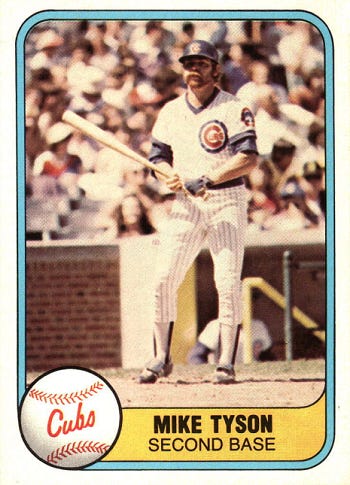
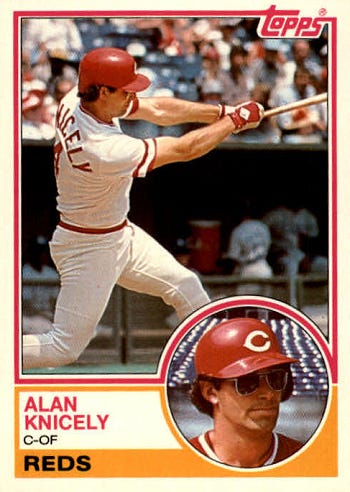
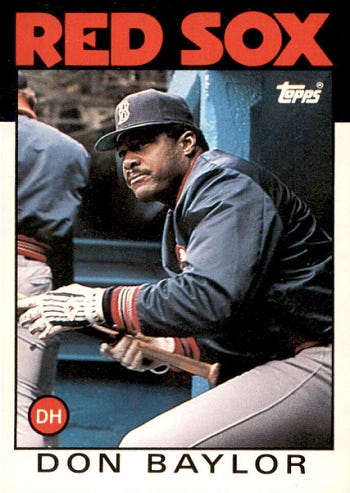
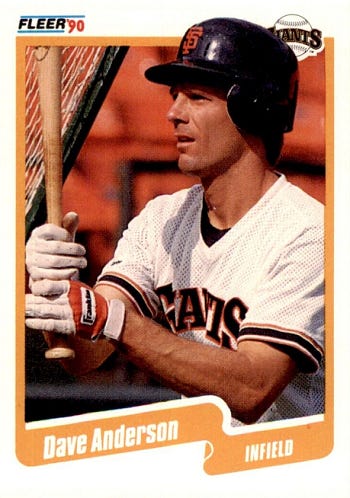
Wade Boggs and Johnny Damon (sp?) come to mind as traitors to the Red Sox when they joined the Yanks.